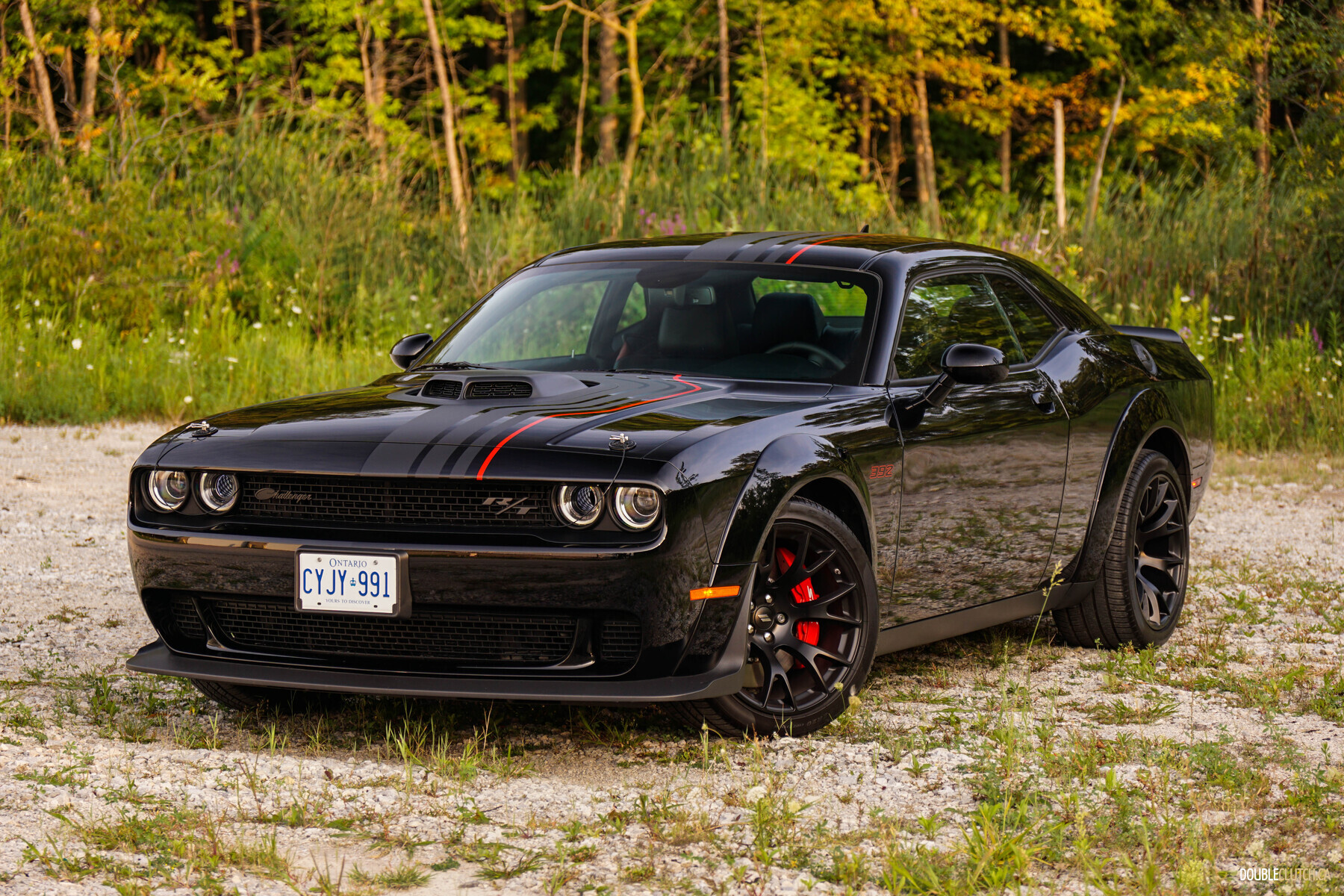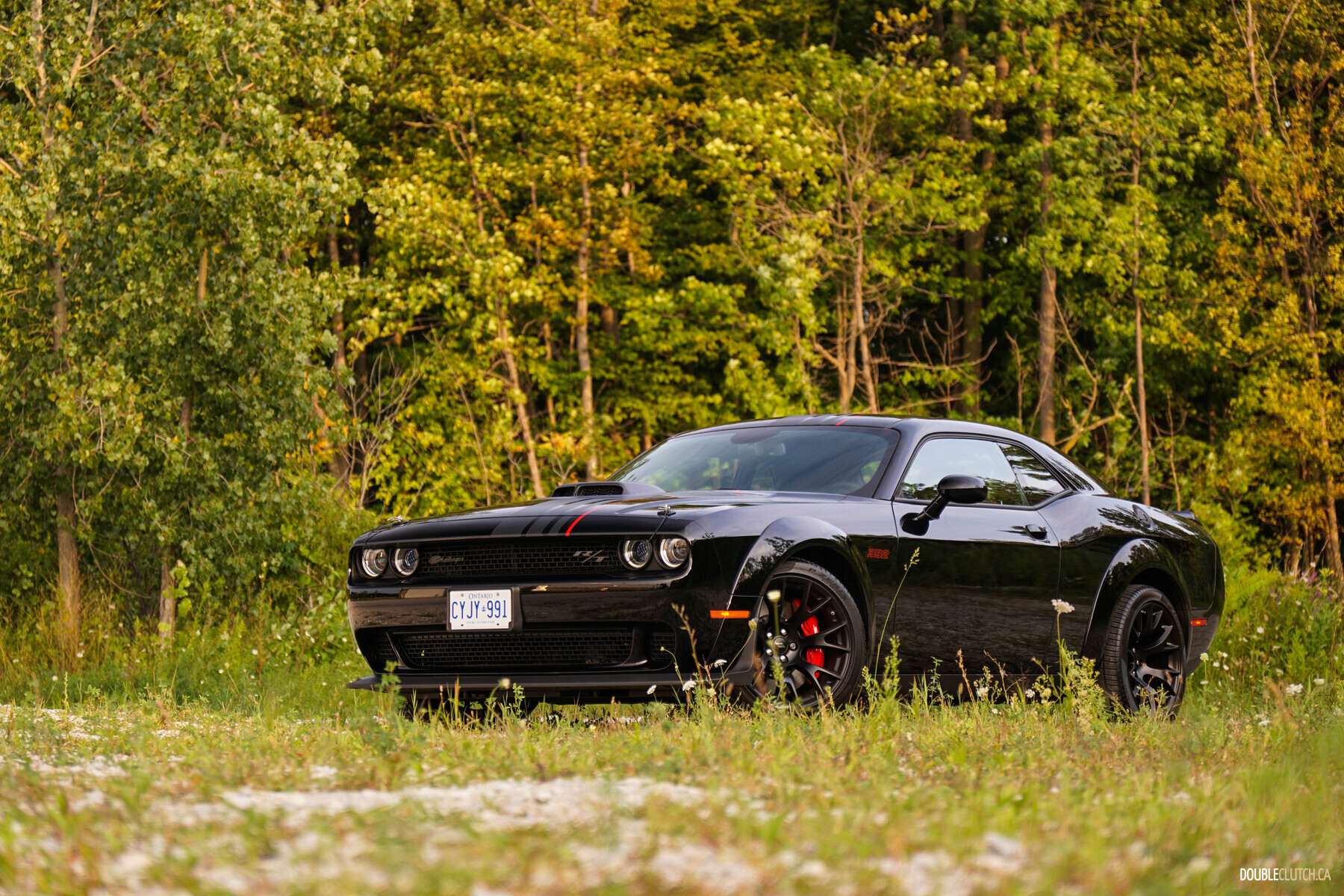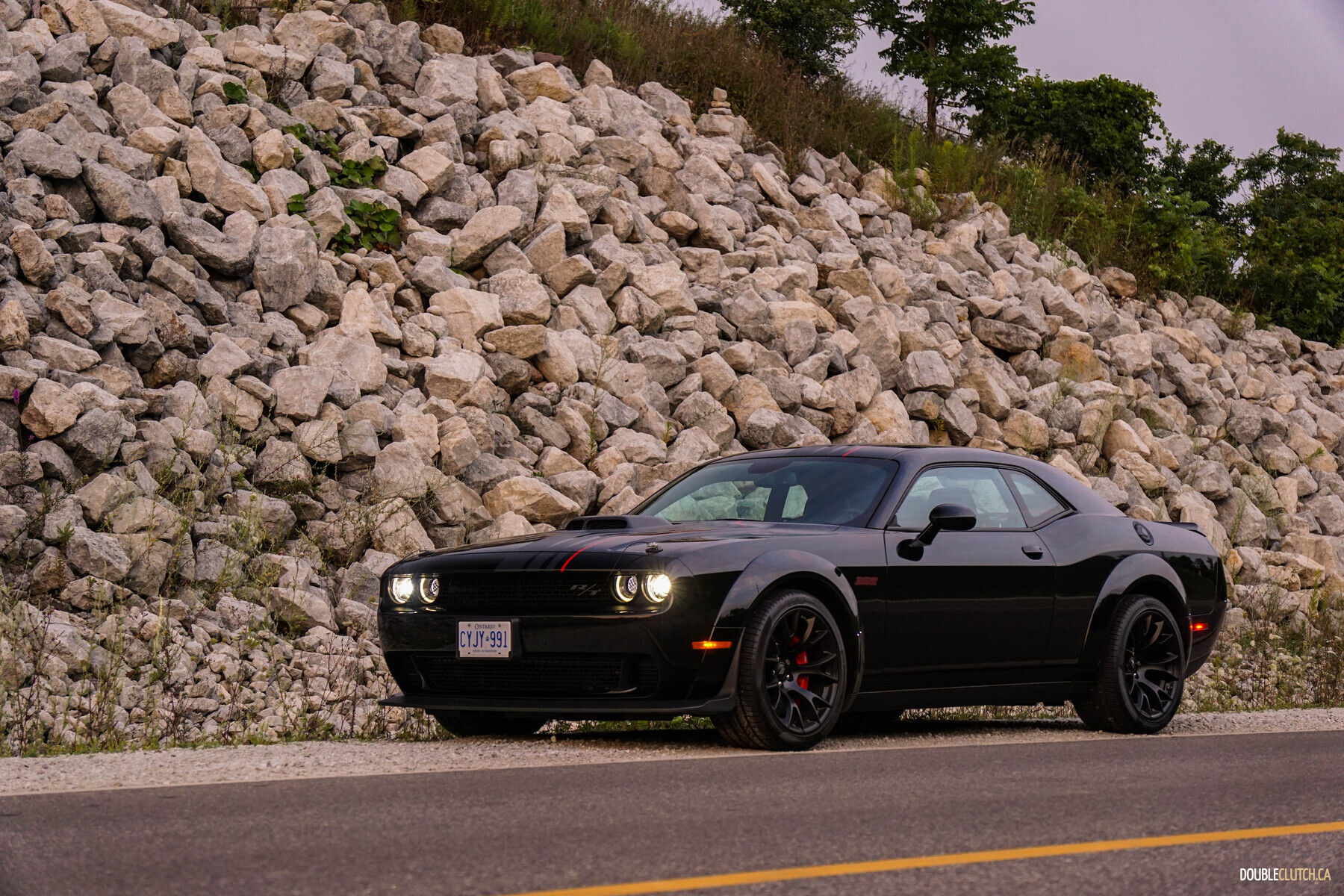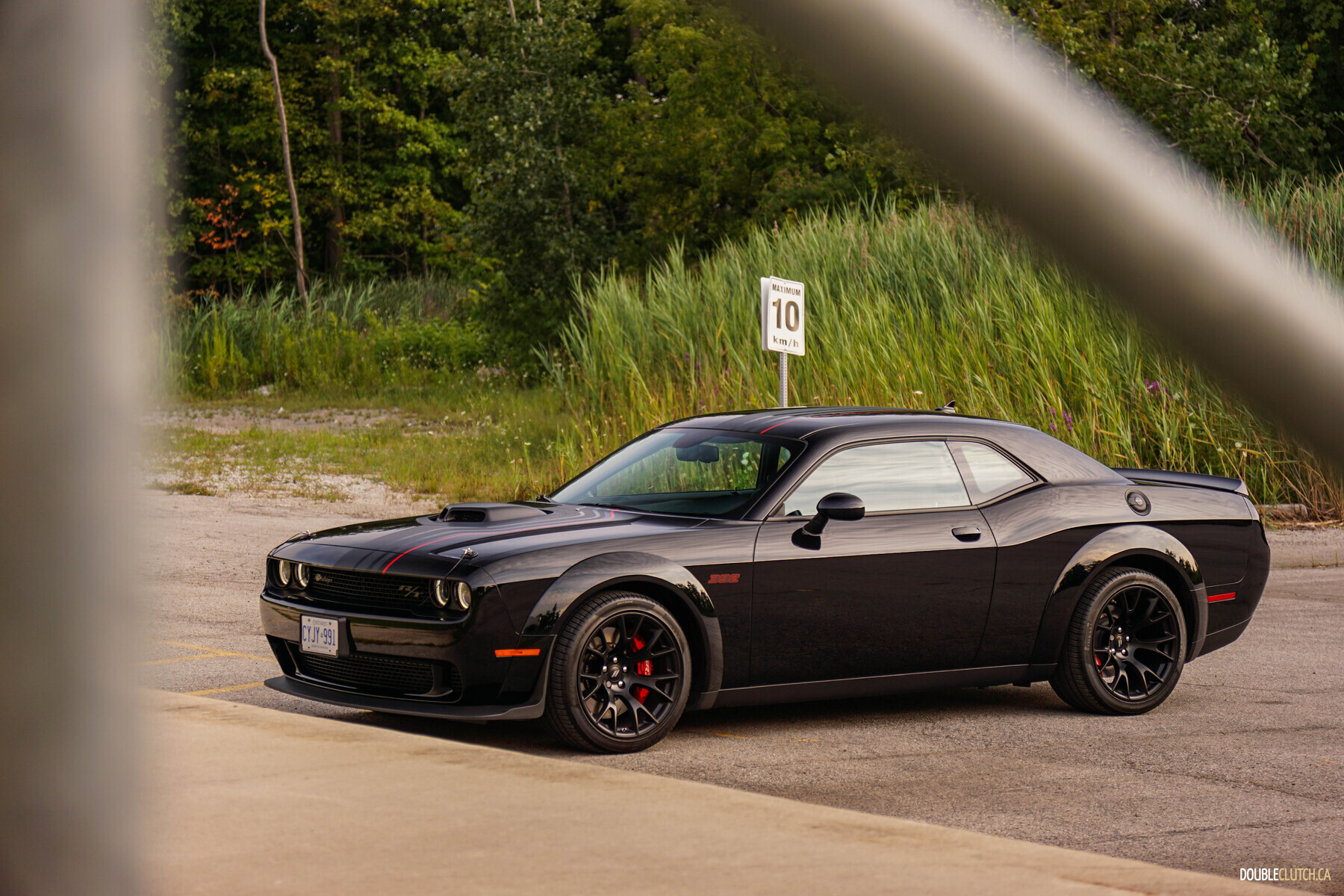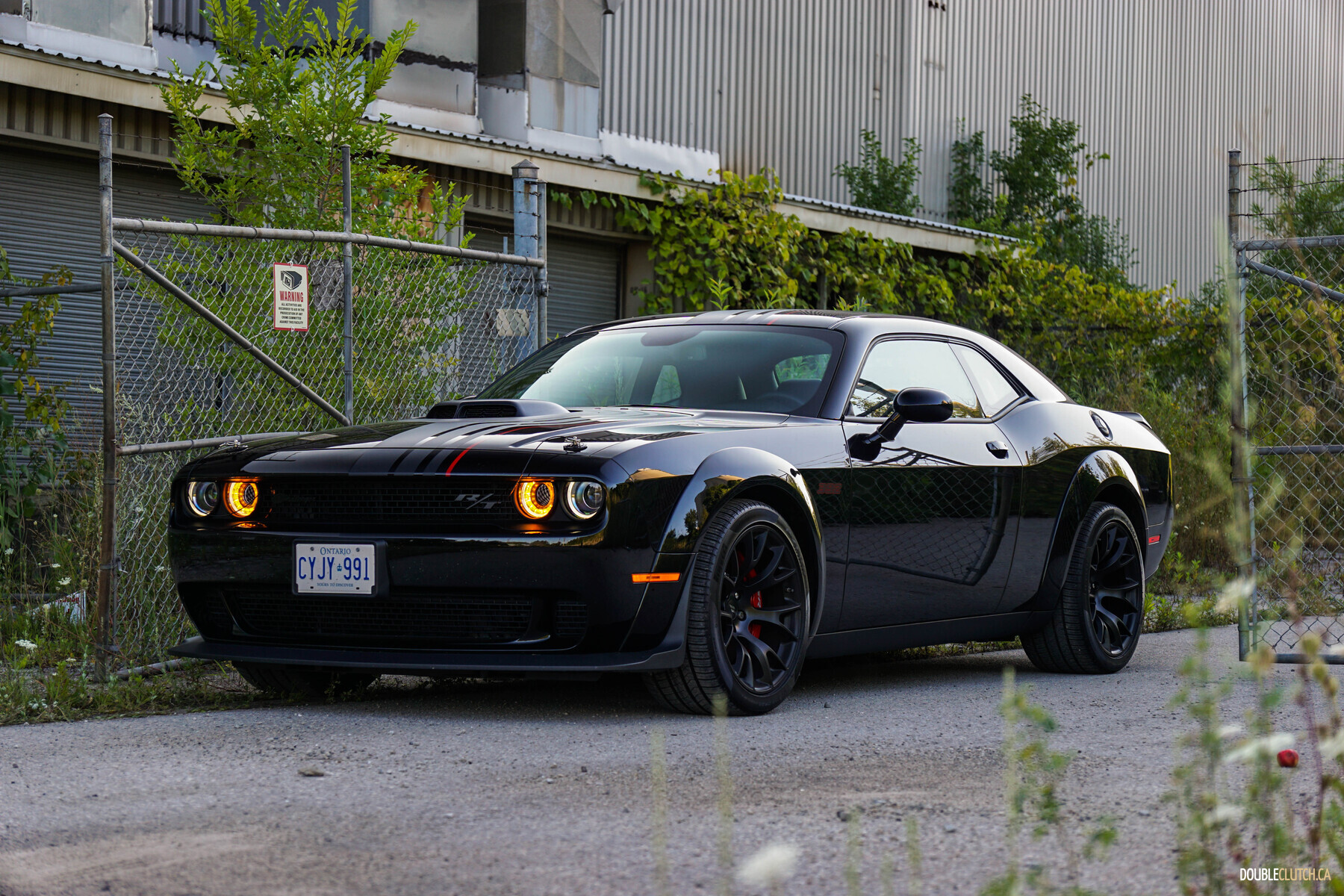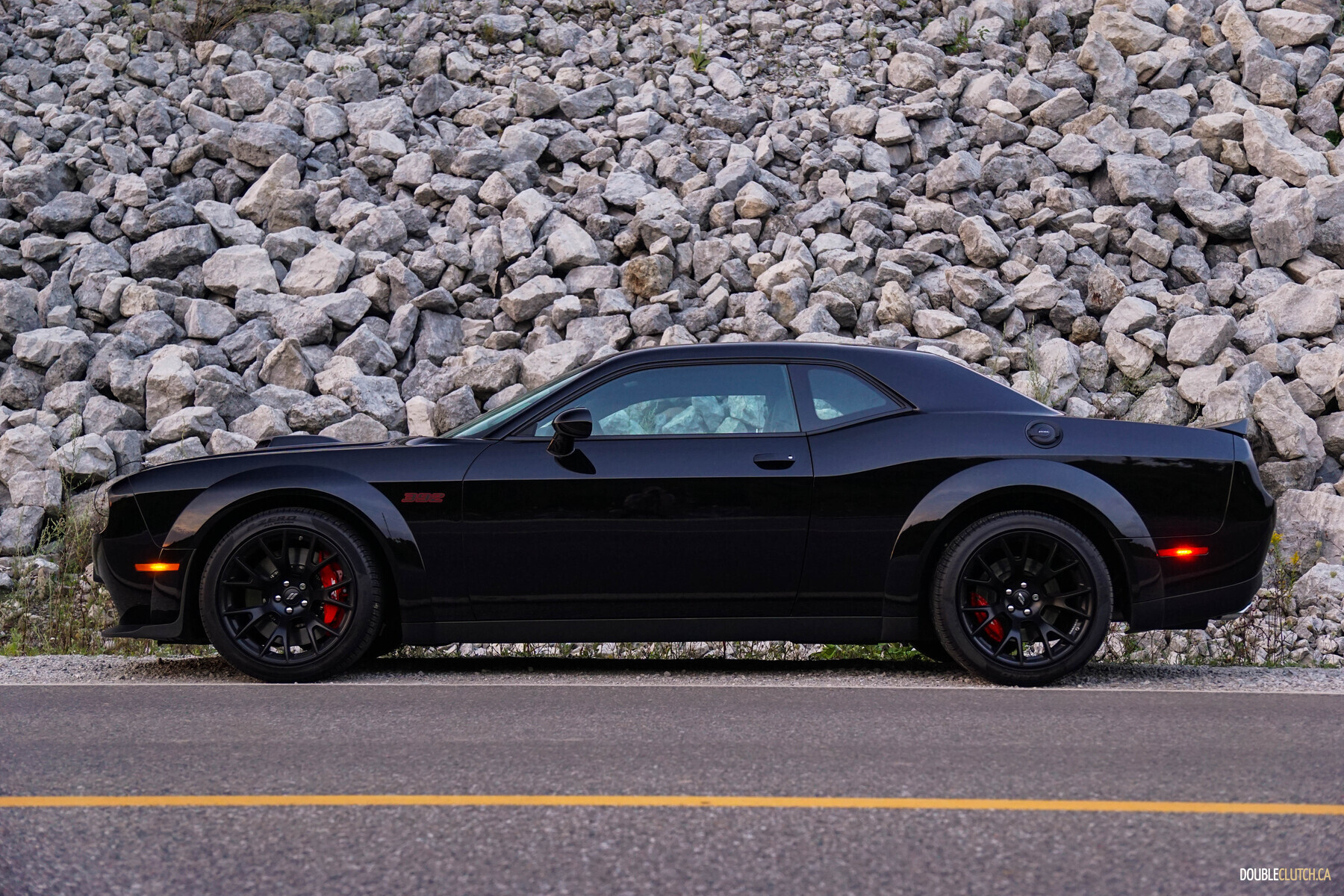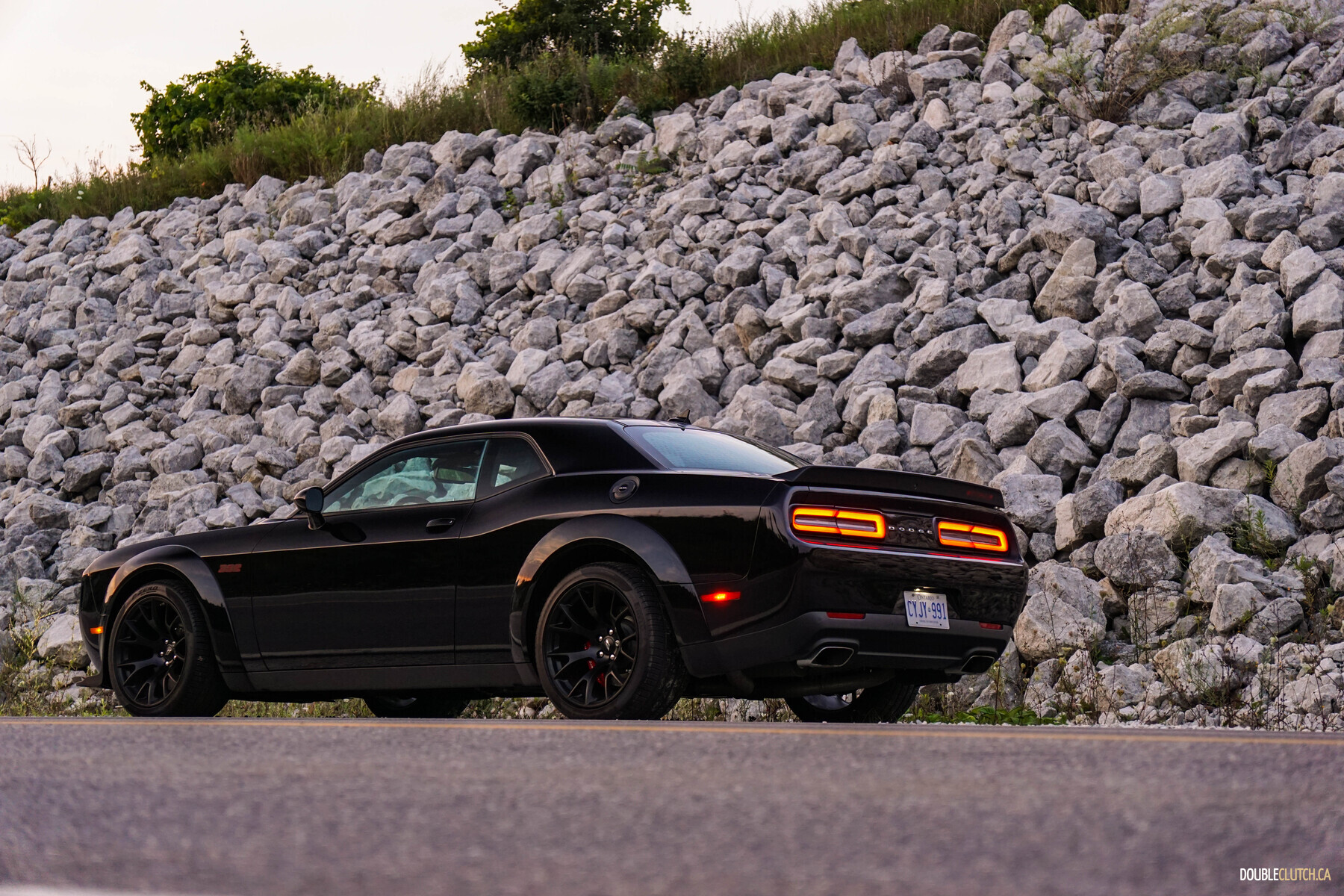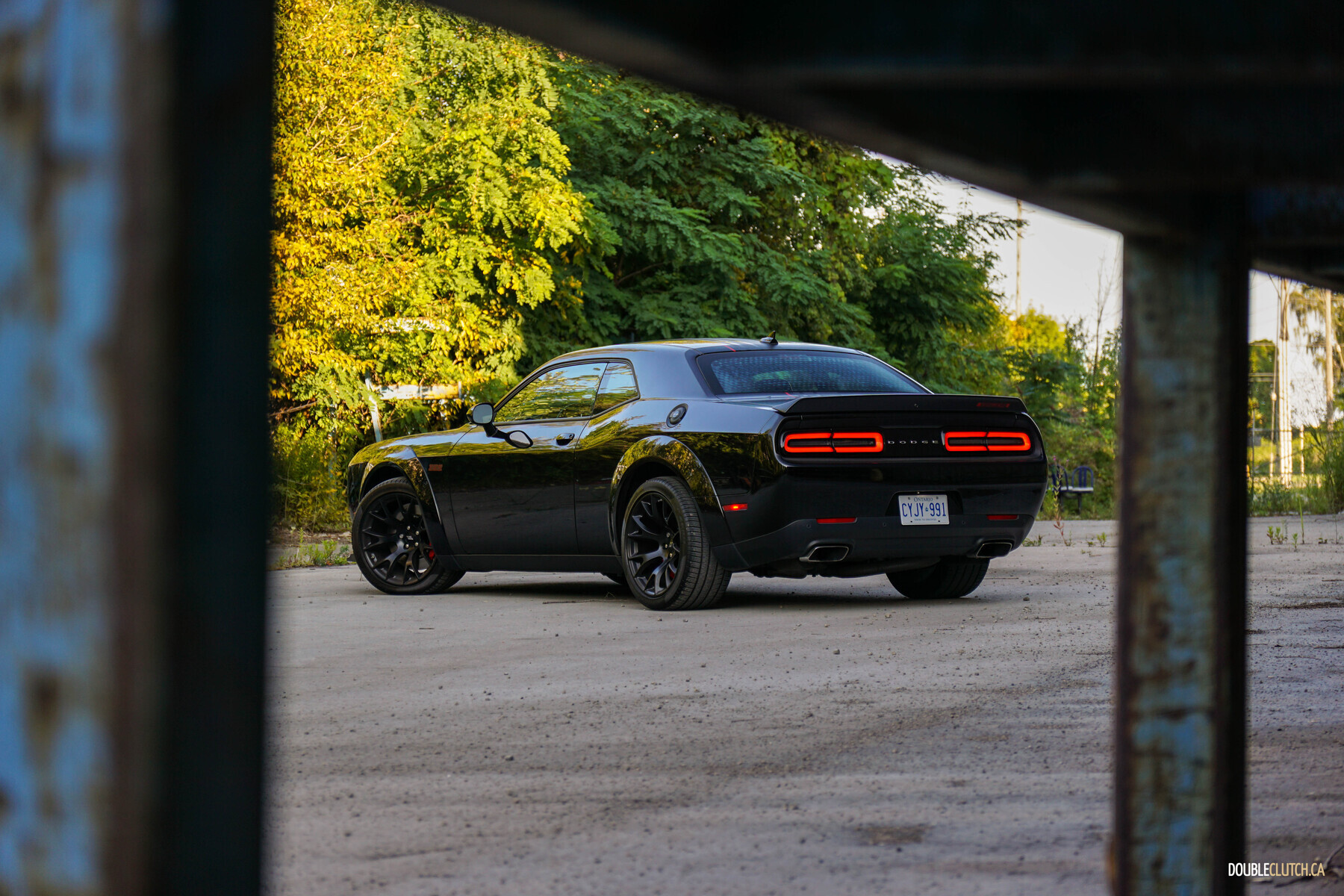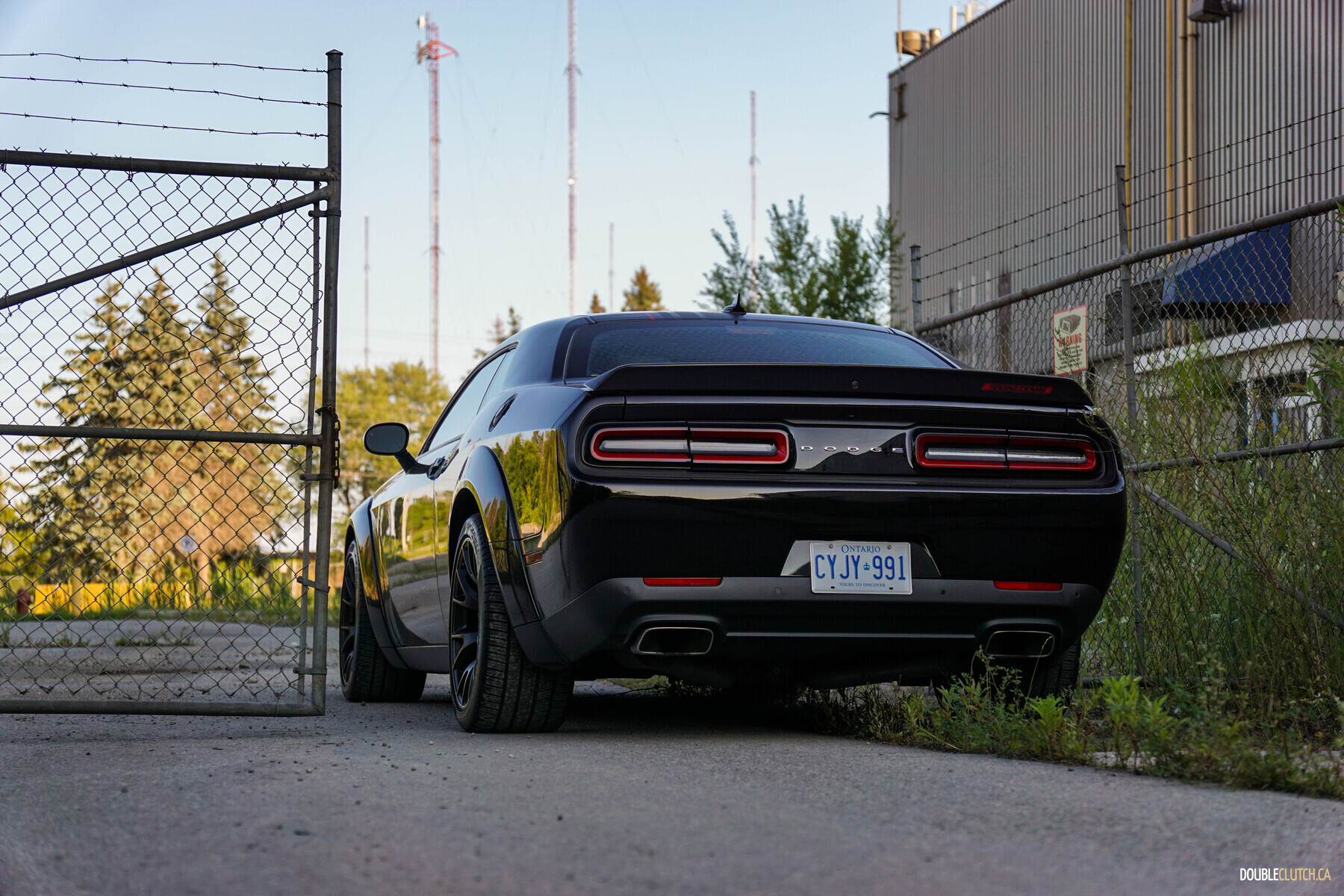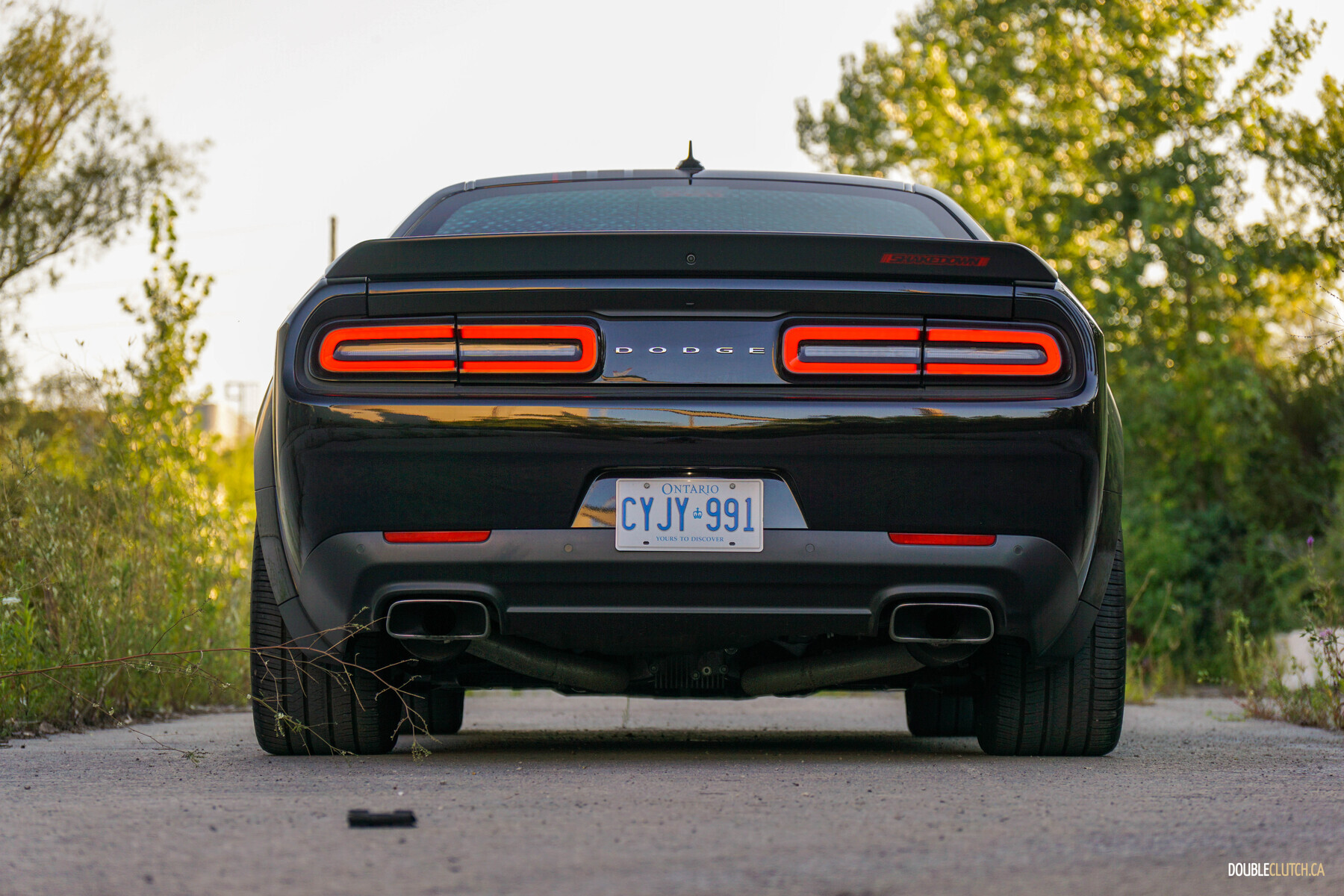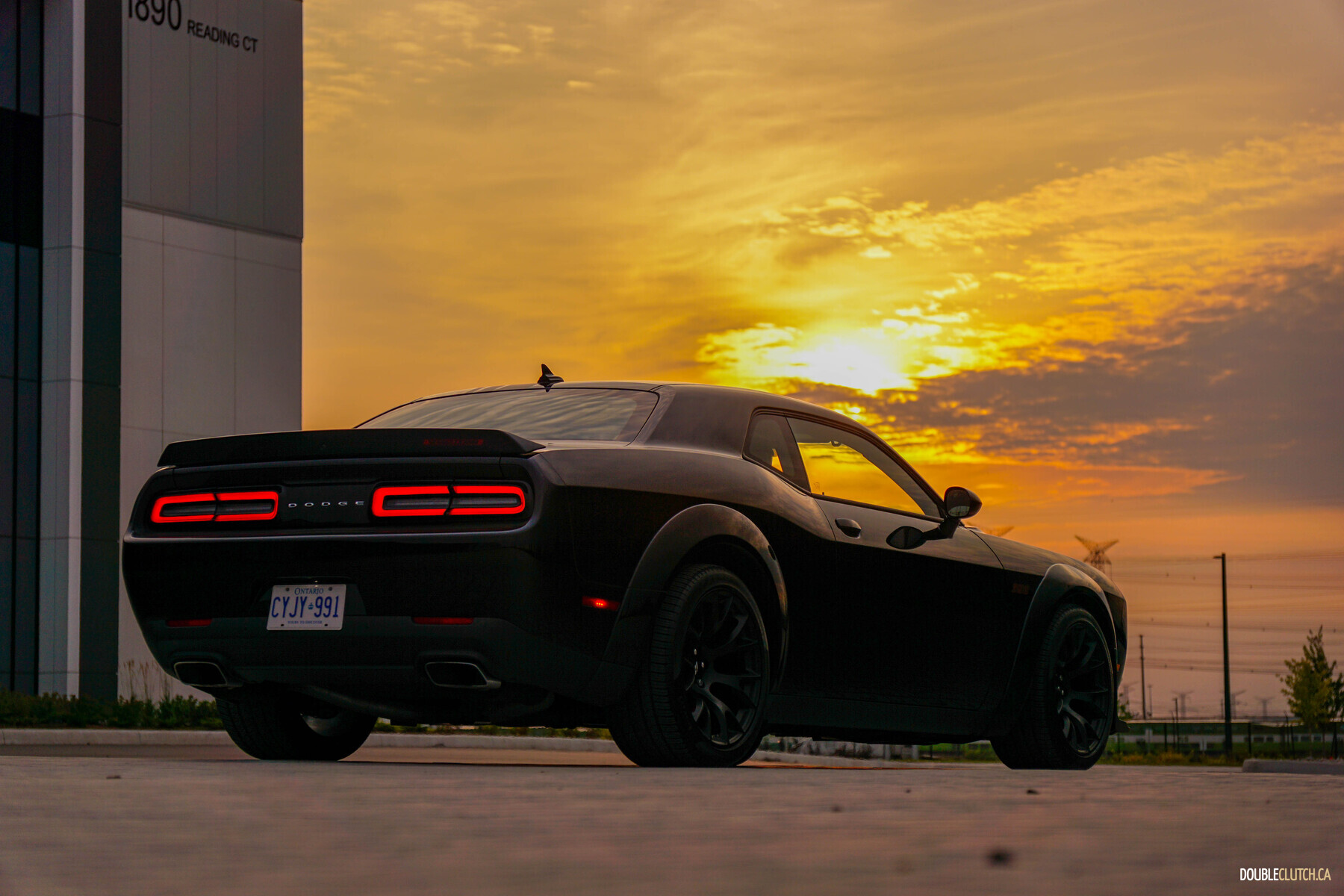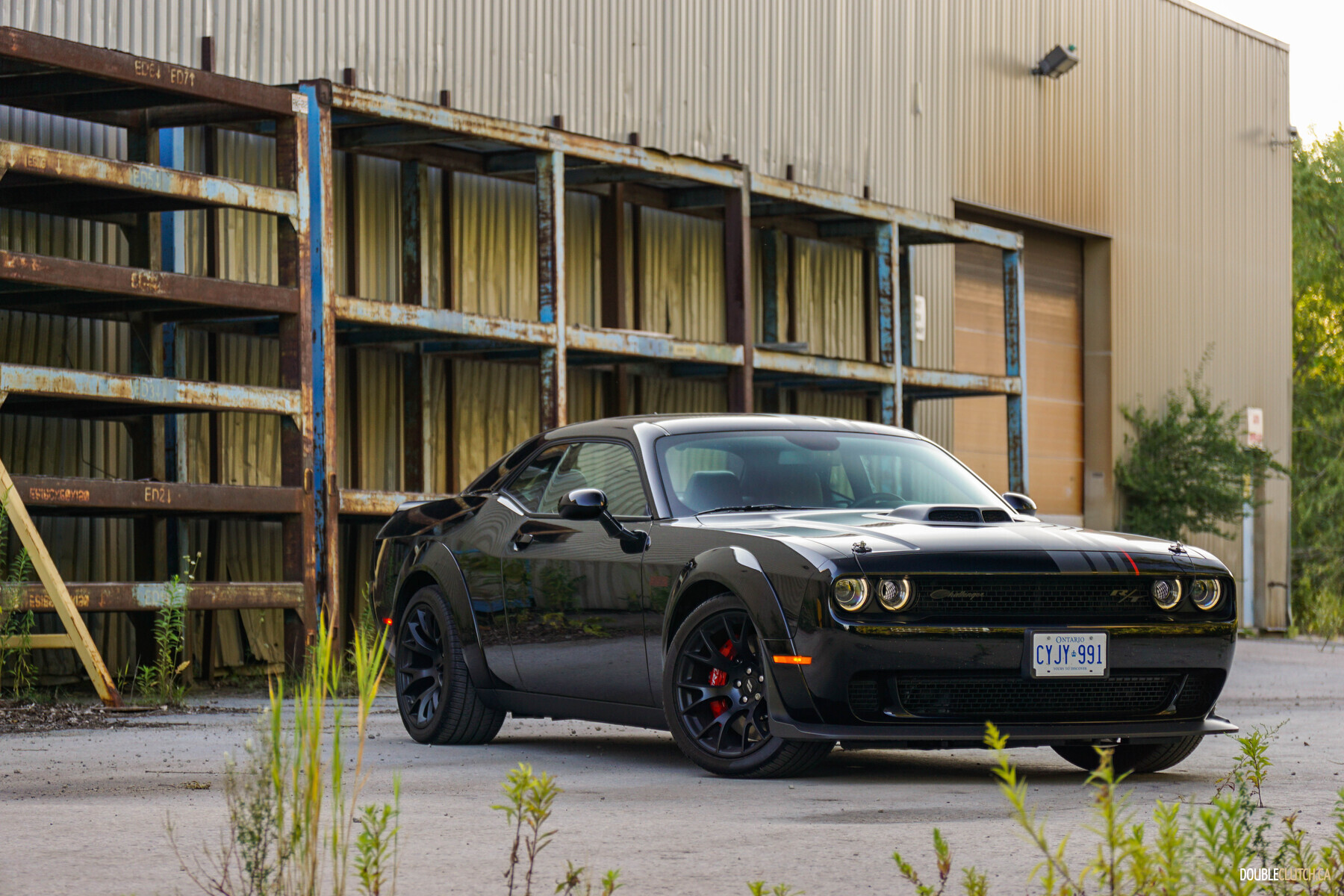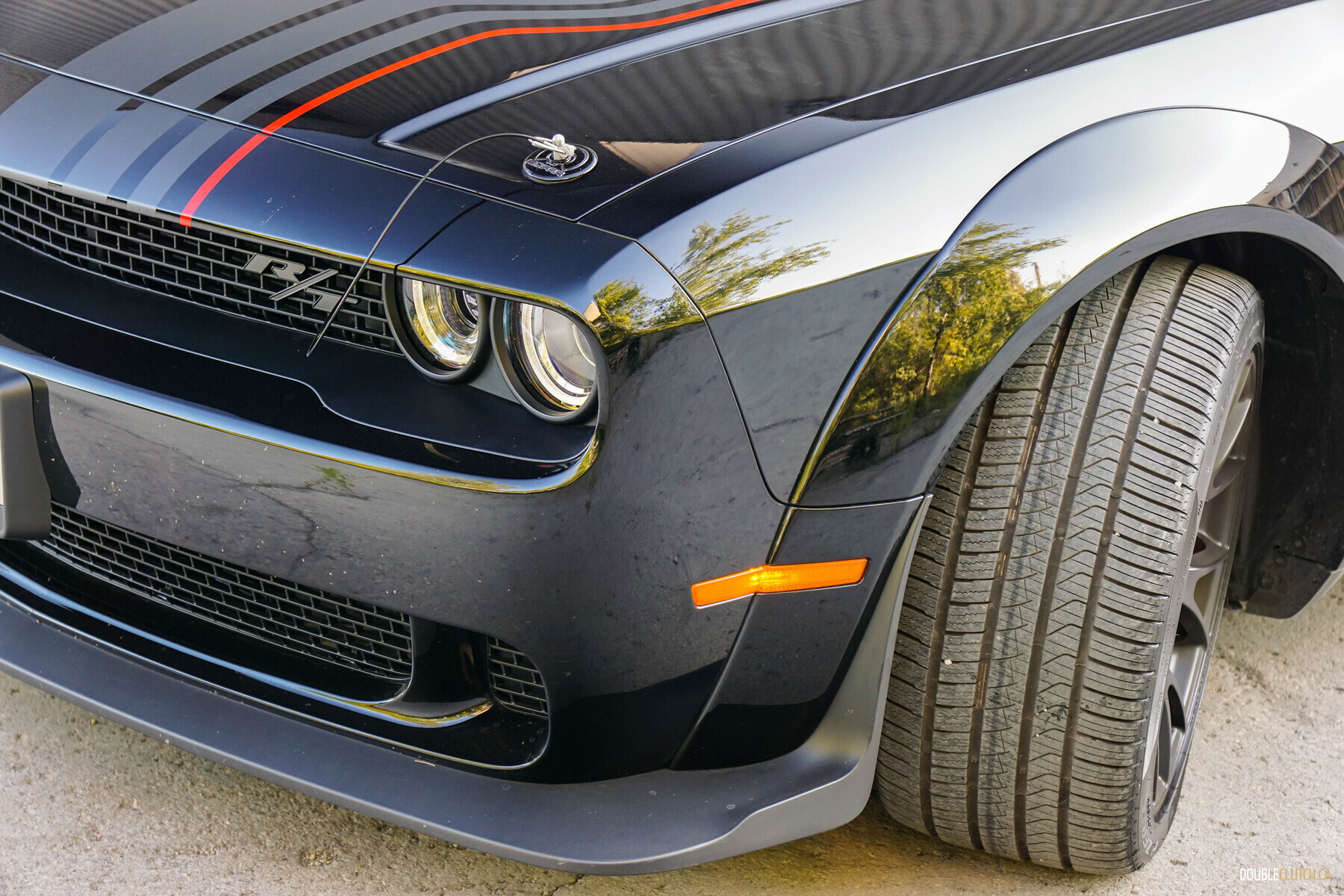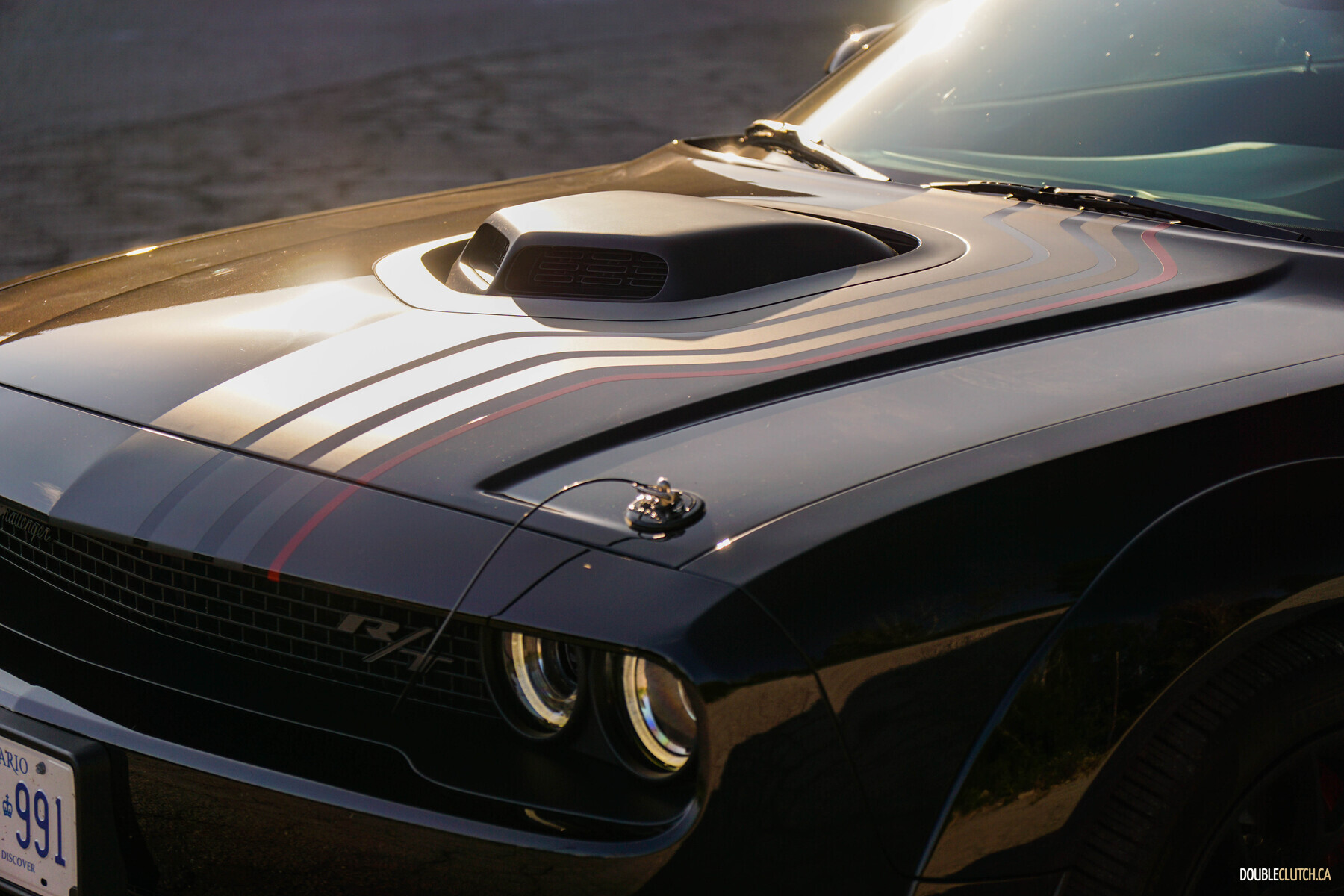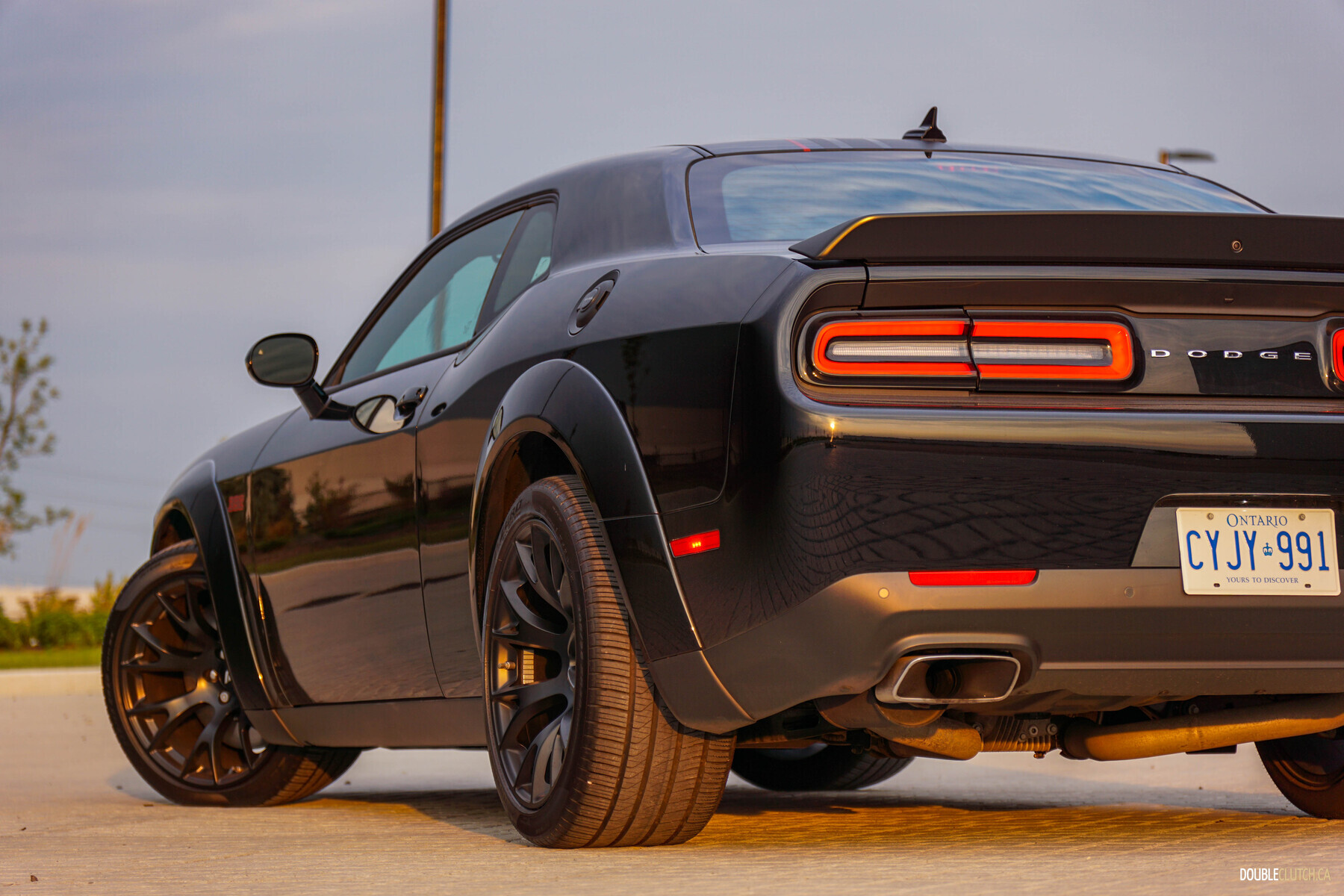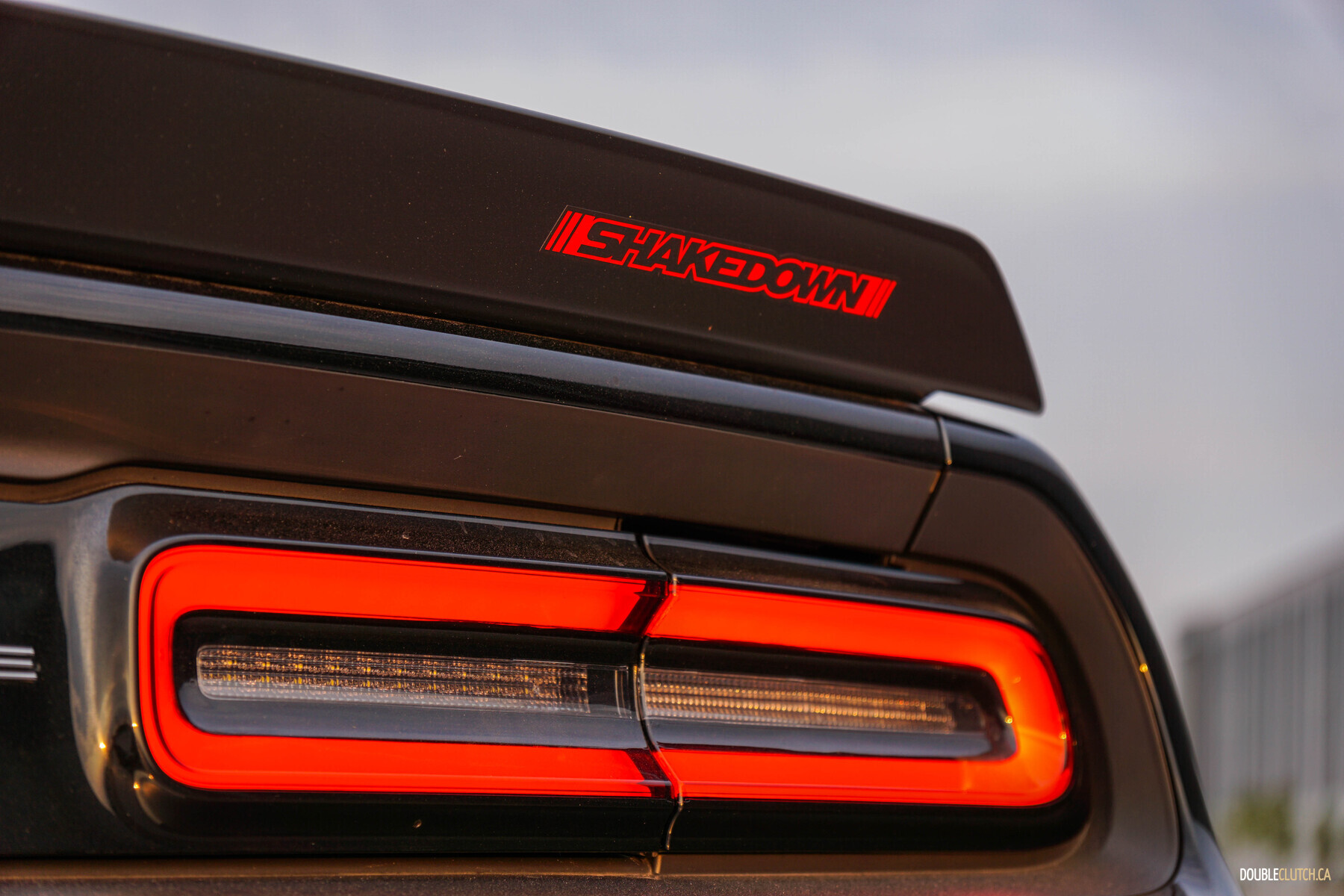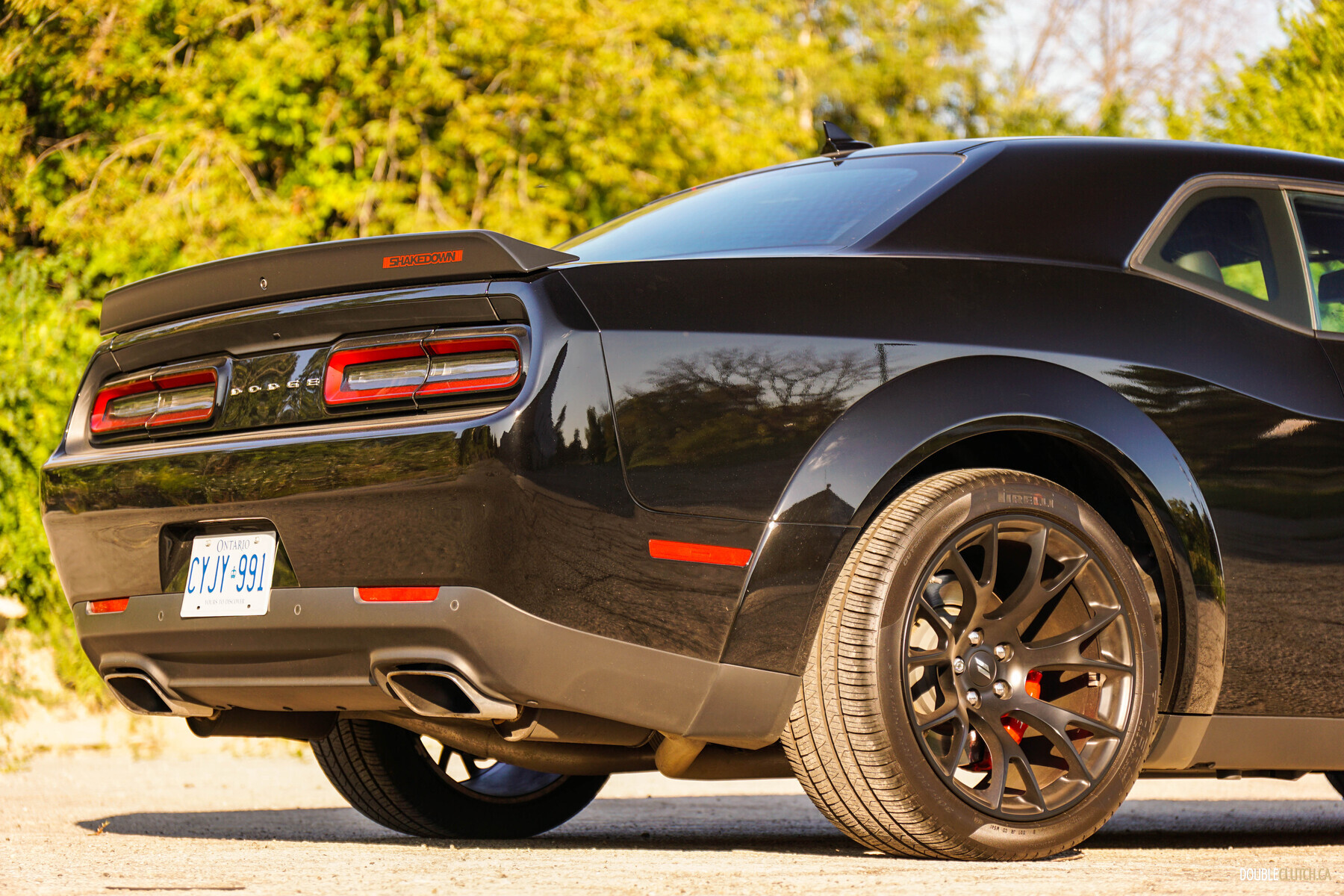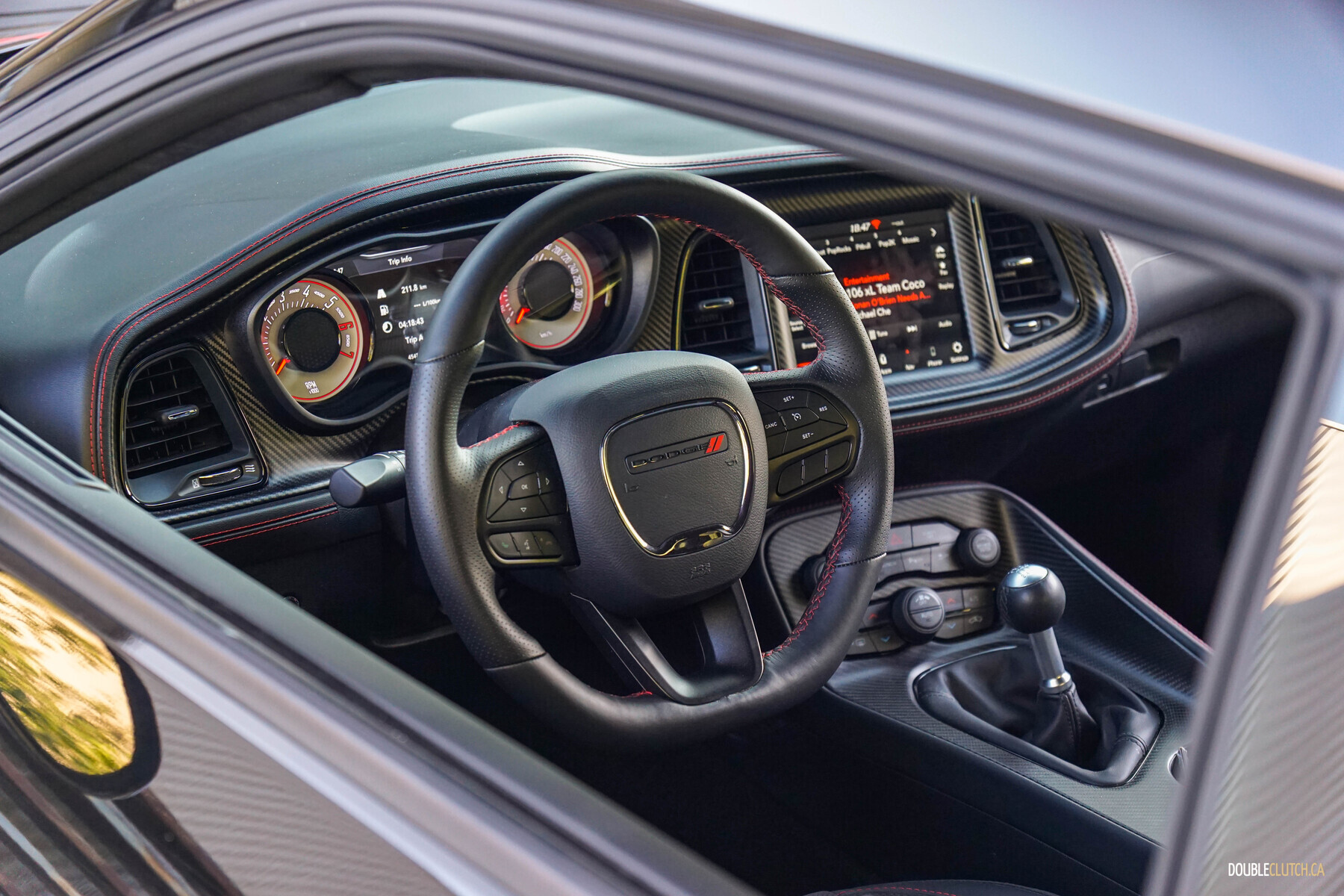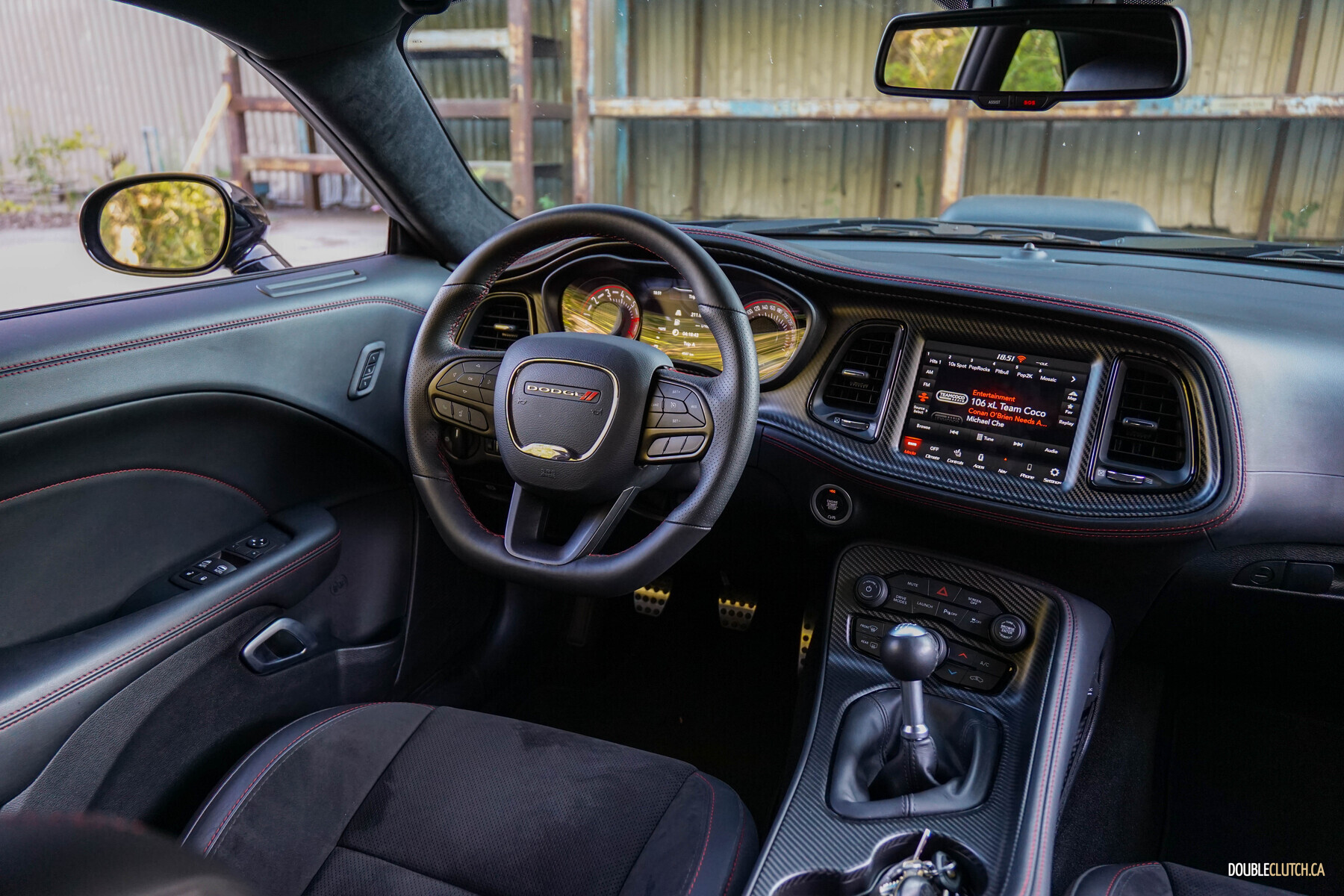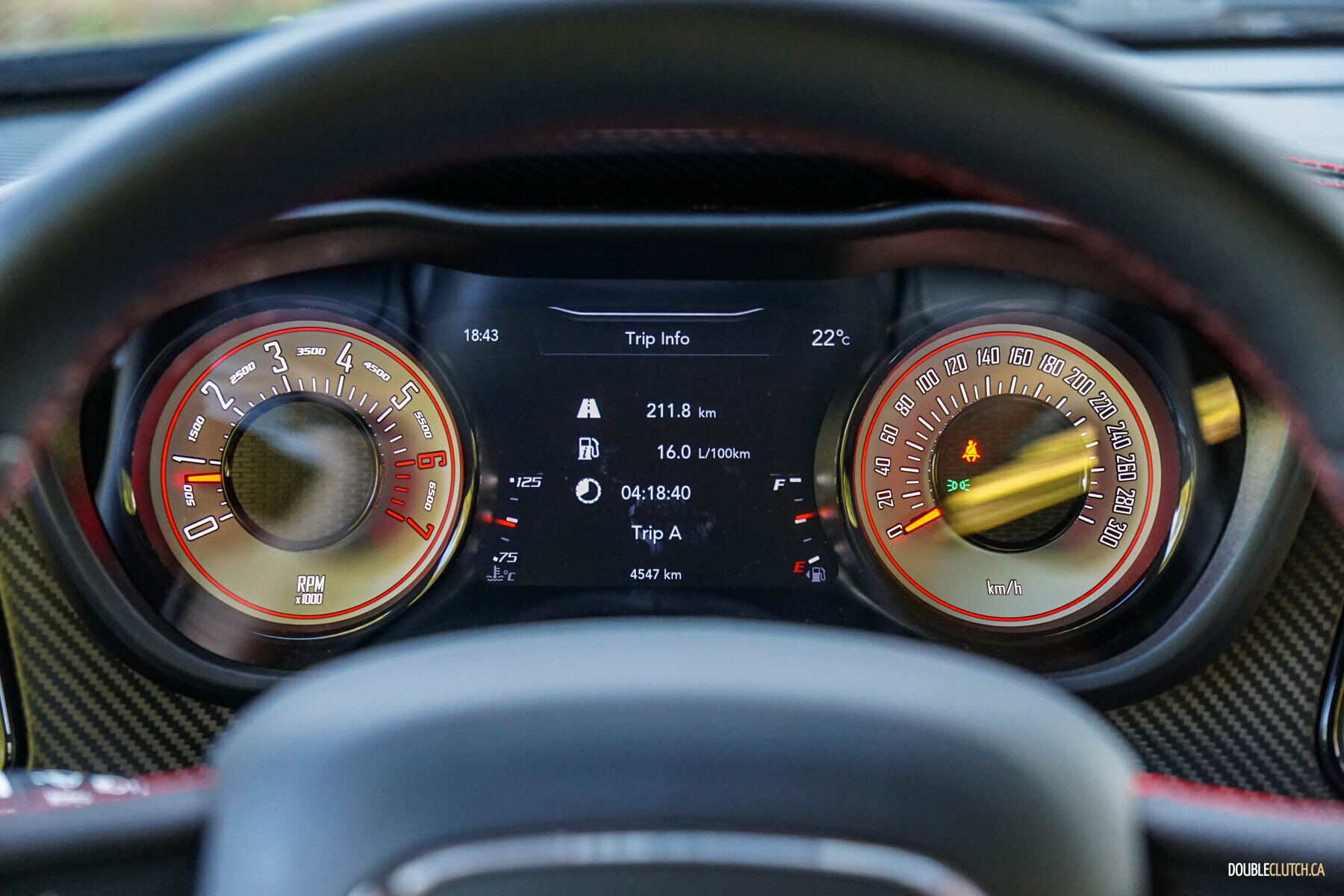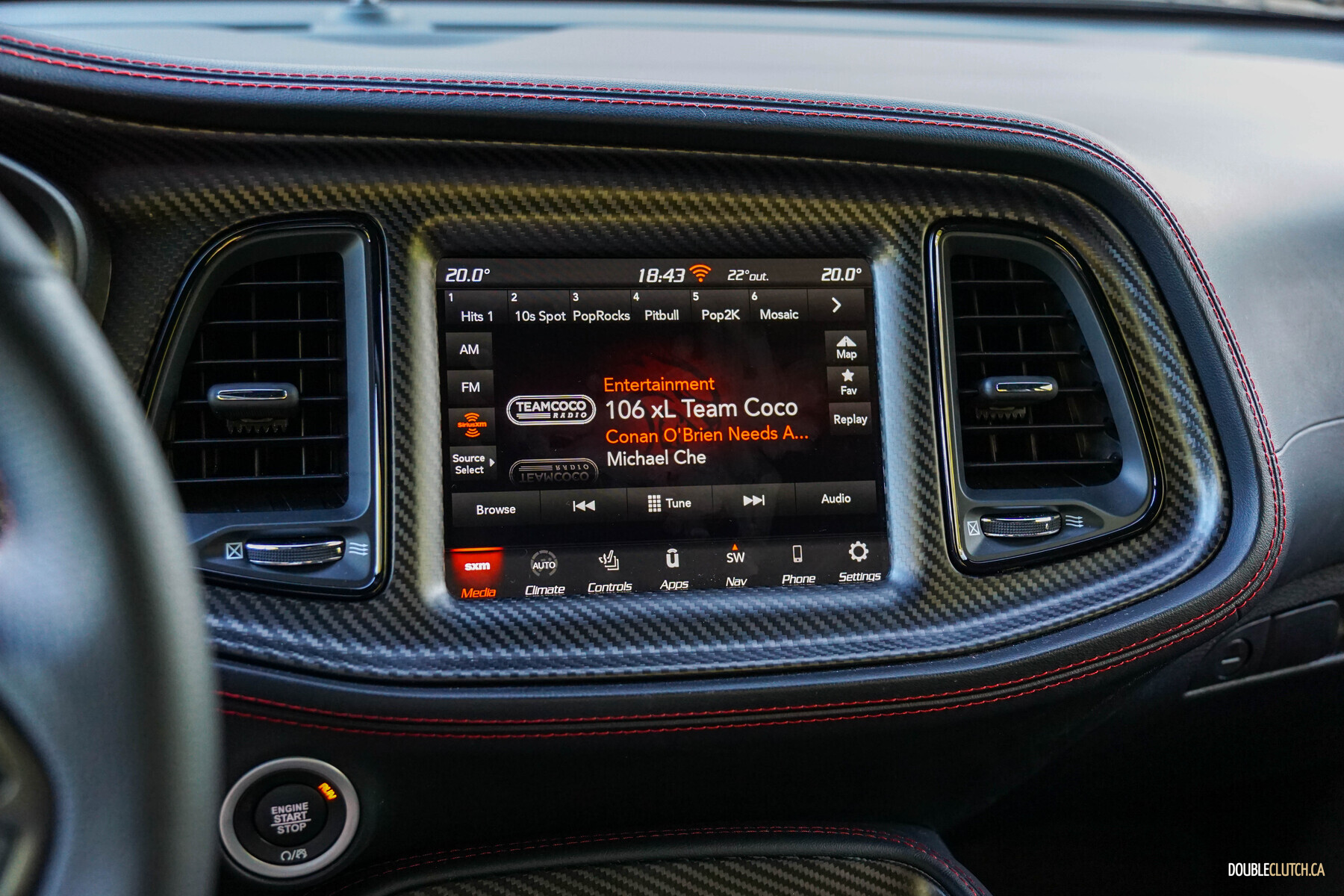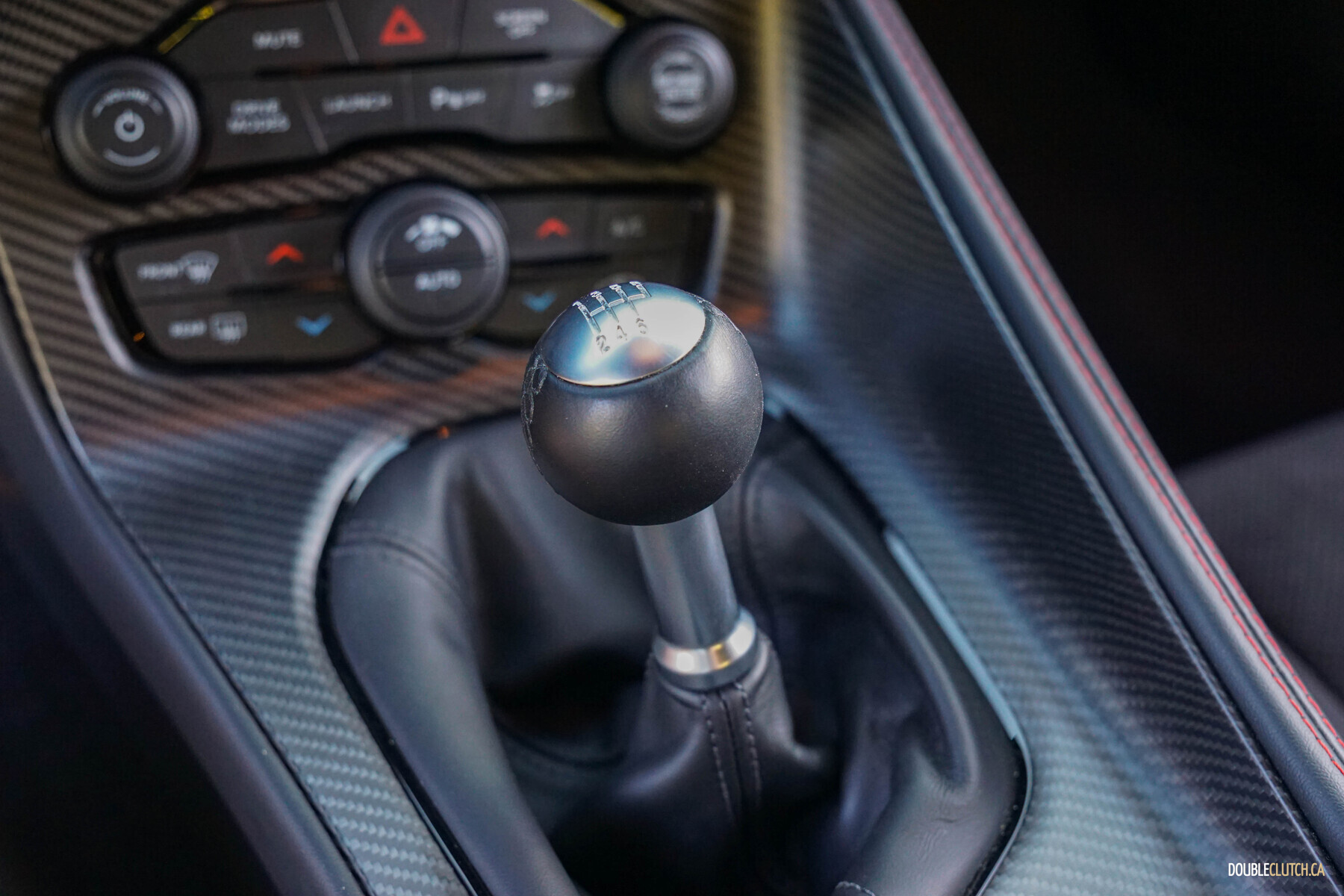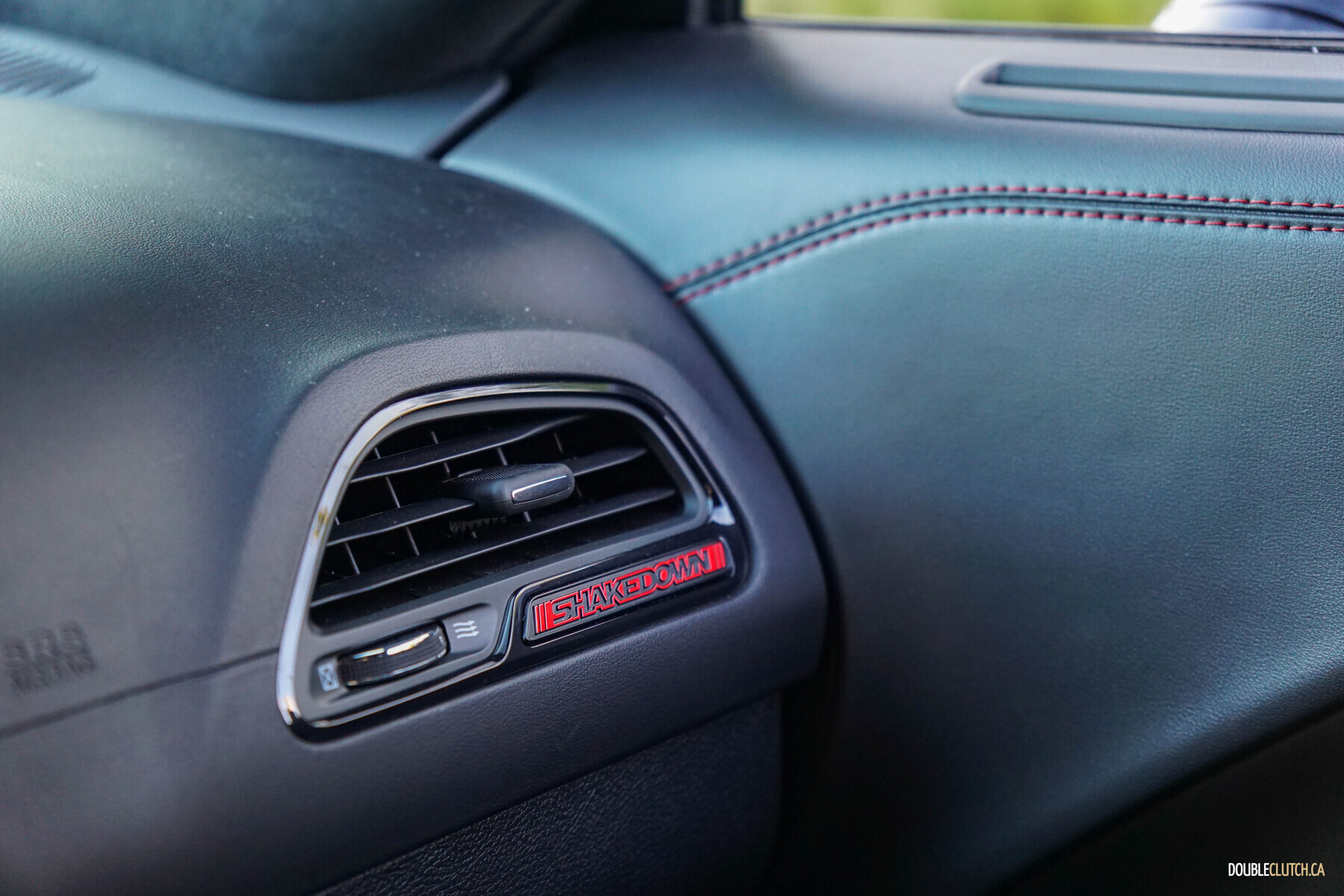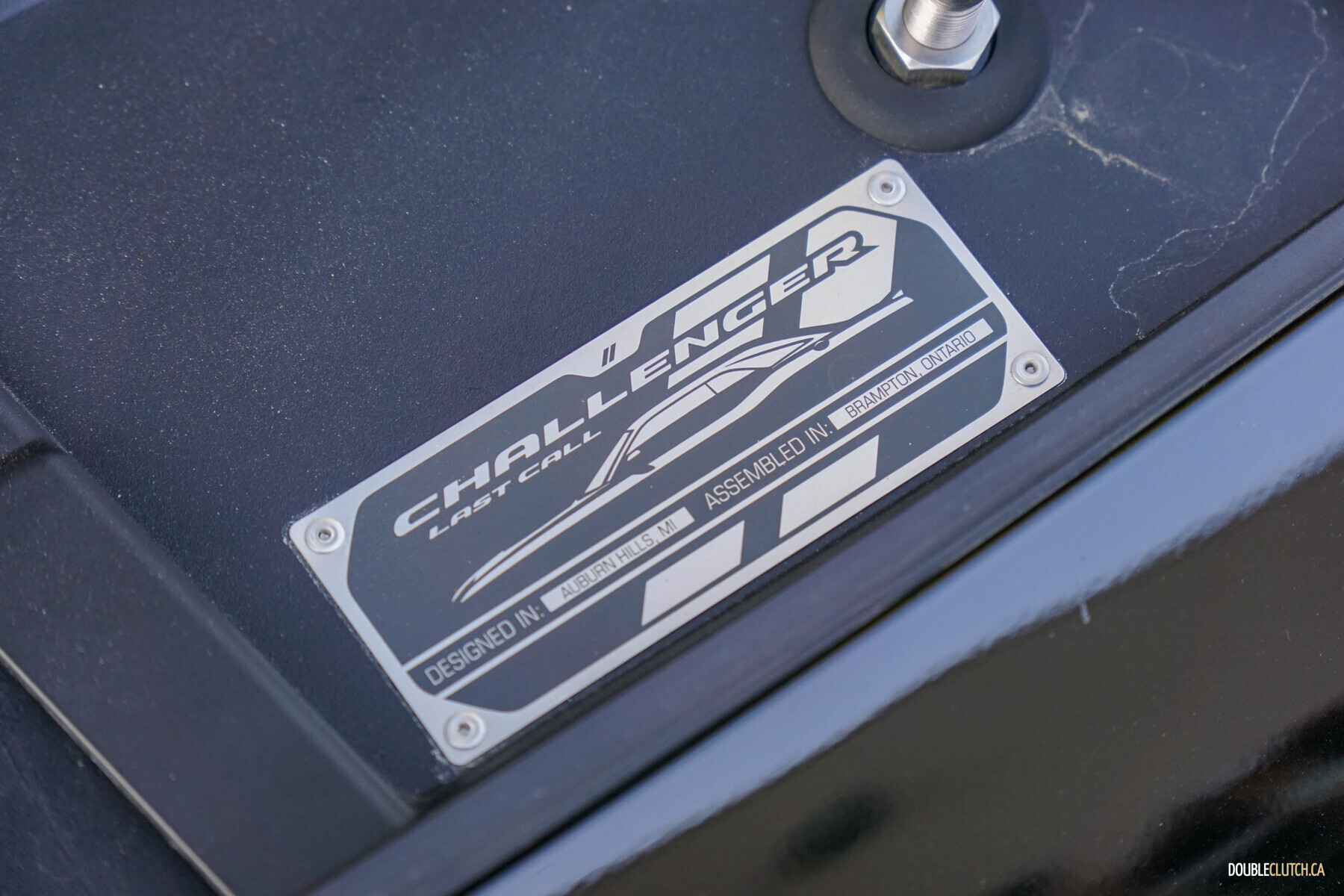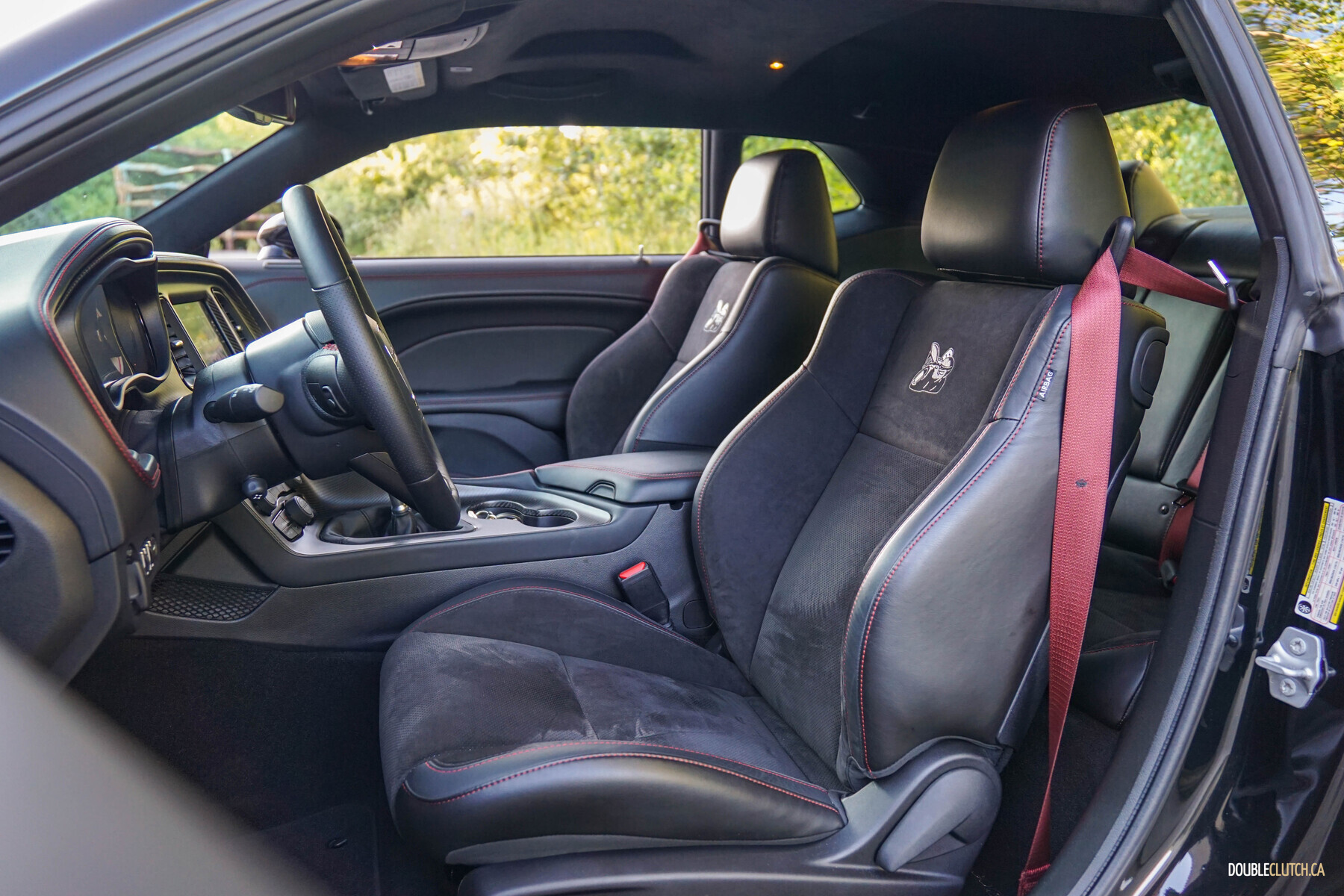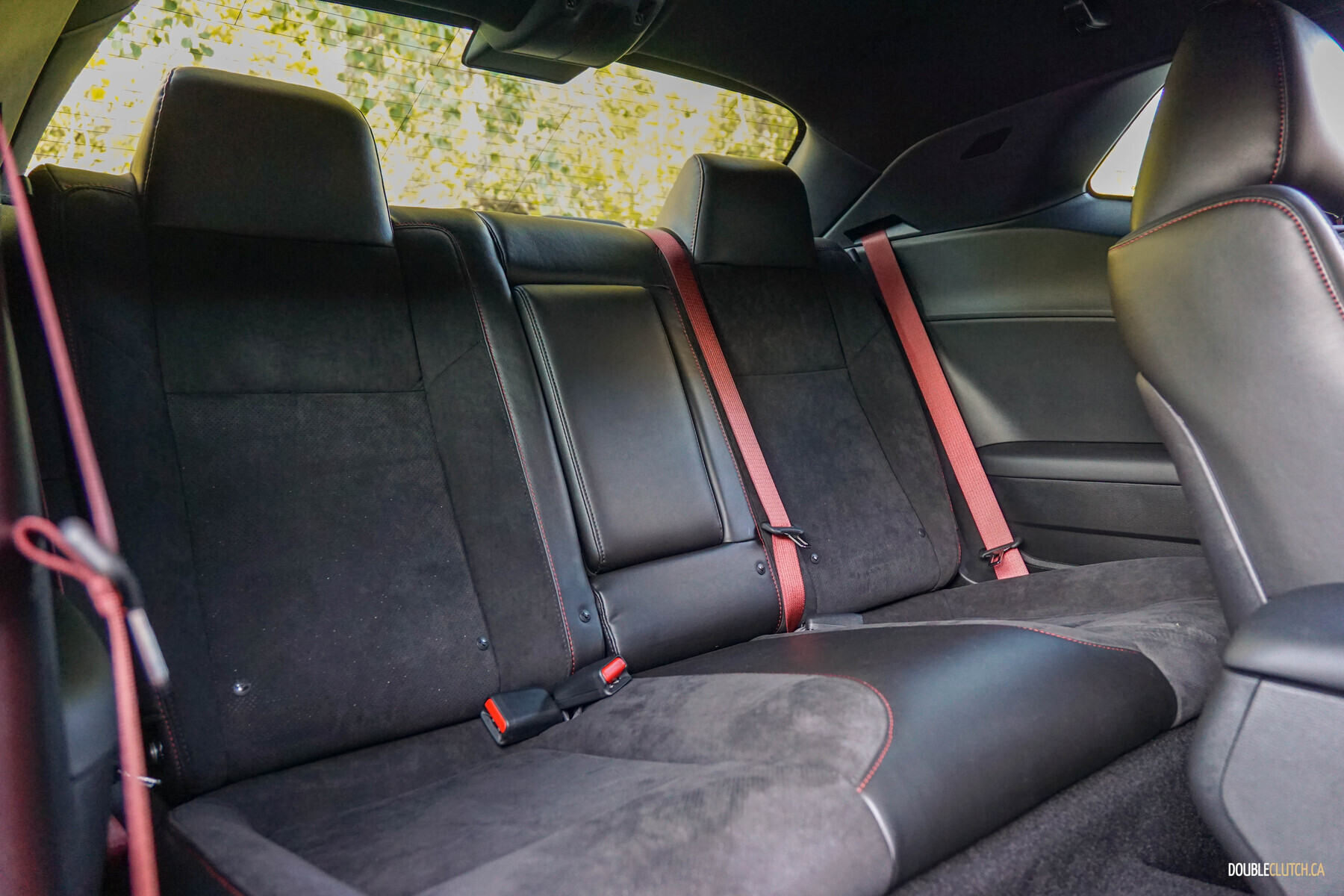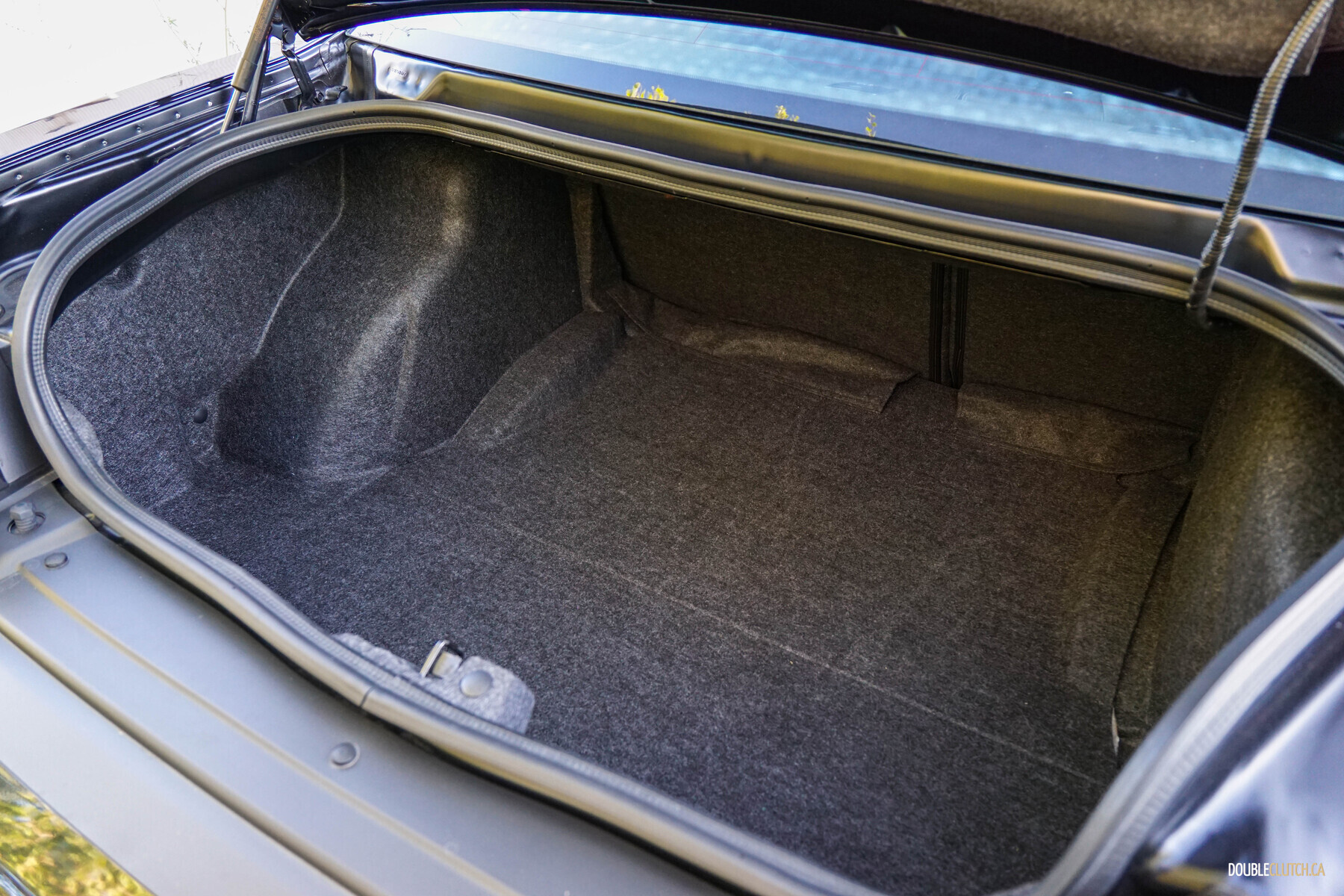I was given a 2023 Dodge Challenger 392 Last Call for the week, and it got me thinking: it feels like every second article written in automotive media these days makes some reference to “the end.” The world is changing whether we like it or not, and a lot of the performance cars we cherish are (allegedly) the last of their kind. I don’t like this trend, but it’s hard to avoid here.
It’s only been a decade and a half, but 2008 feels like an eternity ago. The Black Eyed Peas’ stranglehold on popular radio was inescapable, some mad scientists in Europe made a black hole in a massive laboratory that we thankfully (…?) did escape from, and the United States shocked the world by electing a charismatic, intelligent, young black man to run the country. The previous president had coined the term “too big to fail” following a financial black hole created on Wall Street, and bailed out a number of mega-corporations, one of which was the carmaker formerly known as Daimler Chrysler.
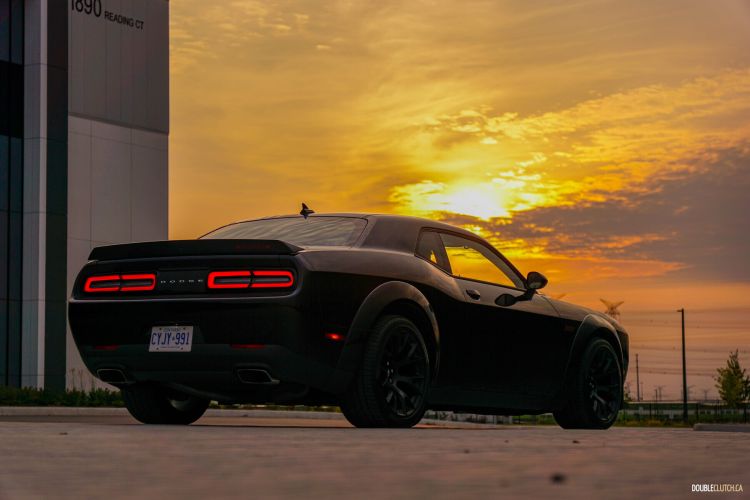
They took this publicly funded get-out-of-bankruptcy free card and gave the world an old Mercedes with #iamverybadass styling, a “HEMI” truck engine, called it the Dodge Challenger, and an icon was re-born. Now, 15 years later, it’s finally time for “the Chally” to be put out to pasture, along with Fergie’s popularity, the dignity of the oval office, and our collective concern for being wiped out by an international catastrophe.
Even though our test car is draped in triple-black funeral garb, this is more meant to be a celebration of life than a mass mourning. Said dark duds come courtesy of the Shakedown package, one of the several special editions Dodge is rolling out as part of the Challenger’s end of life. It’s available on the 5.7L V8 (now badged 345) R/T models as well as the angrier 392 cars, and sports distinct black stripes with a shaker hood that doesn’t really shake, classic cotter pins that don’t actually do anything, and subtle-ish red highlights for a little demonic flare to the funeral attire.
Our Shakedown-equipped tester is very specifically designed to be all about the theatrics of the muscle car experience. It’s got the mightiest naturally aspirated engine and a six-speed manual transmission despite the ZF-manufactured eight-speed automatic being objectively superior in every way, plus chunky fender flares to contain thick rolling stock, and the aforementioned semi-pointless hood bling. This isn’t meant to be the fastest thing on the road, it’s meant to be the most stereotypically muscle-car flavored muscle-car, in all ways good and bad, and it nails it.
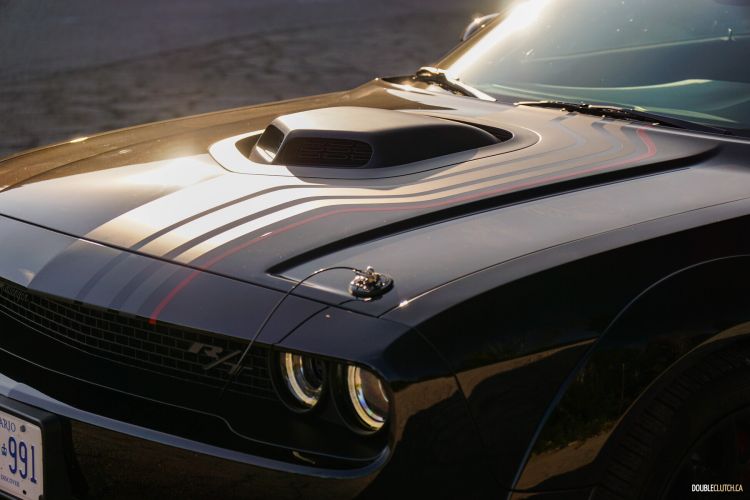
It’s good in that it looks and sounds the part better than anything else on the road, including the Charger Hellcat Jailbreak we tested at the same time. The Challenger’s styling has always been a home run, comfortably the most successful retro-rehash ever, and it’s only gotten better as Dodge has tinkered with it over the years. Our Shakedown Chally apes the style displayed on a murdered out SEMA show car years ago, with distinct black and red stripes snaking around the massive shaker hood scoop.
I personally think it’s a bit much. It grew on me a little, and yes it does look badass, especially with the hulking fender flares, but the shaker scoop that doesn’t shake and the hood pins that don’t do anything strike me as way-over-the-top, needless frivolity on a shape that’s already the de-facto idyllic muscle car. But then again, that drama is what this car is about. Some might call it small penis energy, others will think it’s the coolest thing on the road.
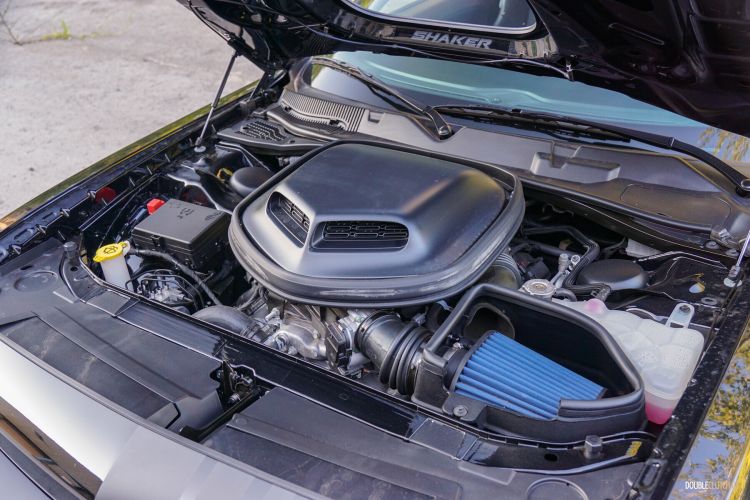
Regardless of what you feel about the styling, you’ll definitely hear it coming first. This car is loud. The very neo-classic 6.4-litre naturally aspirated V8 under the hood sings through an exceptionally free-breathing exhaust system, with no active bypass valves, no sound modes, no speaker augmentation, and no fake crackles. It never doesn’t sound like a classic V8; every prod of the throttle is met with a barrel-chested, baritone, mechanized heave that builds into a roar that would sound at home at a super-speedway. It’s such a perfect American eight-cylinder sound, it could be the stock audio sample that audio engineers have been dubbing over quiet cars in movies for years, even down to the persistent background warbling drone when cruising.
In keeping with the theatrics, our test car is fitted with a good old-fashioned six speed manual, handily allowing you to revel in the experience of manhandling a monster. The shifter itself is crisp and tight, if not terribly satisfying, but it’s unfortunately really held back by a vague clutch take-up and obtuse throttle response. The flywheel must be a brick, and the rev hang is among the worst I’ve ever encountered on a car, making it very difficult to find a rhythm and drive this car smoothly. Of course, if you give up on being slick and drive it like a ham-fisted gorilla, it works well and definitely adds to the experience.
The extra level of tactile control is welcome because, just like you’d expect in a classic muscle car, there’s not a ton else going on with the chassis. The Chally is a huge and very heavy car, and it always feels like it. The brakes are over-boosted, the steering is pretty light and numb, and even with the adaptive shocks in full stiff, it’s not even close to a precision instrument. But, if you want to be a ham-fisted gorilla, the doughy responses and extra bulk make it uniquely excellent at doing controlled drifts, powerslides, and other buffoonery — and the loose safety nets this car has are perfectly calibrated to enable this.
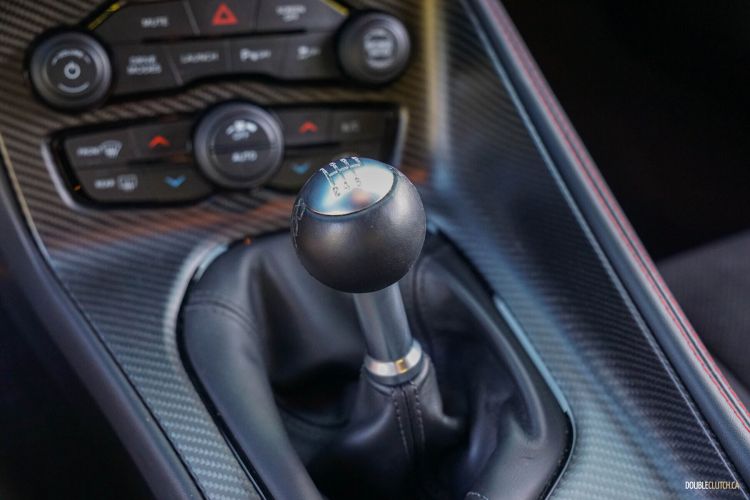
I came away from the Challenger with mixed feelings; perhaps made worse by the Charger Hellcat that was parked next to it for a lot of the week. I really wanted to love it and I was really, really looking forward to it because it is such an excellent remake of the classic muscle car, with it’s DIY transmission, gentle-giant truck motor, and impeccable retro styling, but it fell a little short with me. I still liked it, but I didn’t love it. It feels a little too try-hard, with maybe not quite enough substance under the skin for how hard that skin is trying to convince you that it’s definitely very badass.
For me personally, the Charger Hellcat hits the nail on the head. I didn’t expect to love it nearly as much as I did. I figured with it being automatic, having way, way too much power for the street, and not looking as classically cool, the Chally would be a favorite. I was dead wrong. The ZF automatic is so responsive and so sharp that it totally nullifies the Tremec manual gearbox, and with 800-ish horsepower on tap, it’s not exactly a boring point-and-shoot affair.

Whereas the Challenger’s 485 hp and 475 lb-ft of torque feels a tiny bit underwhelming for how heavy the car is, the Charger feels absurdly, comically overpowered. Every time you dare to goad the skinny pedal will result in a manic rush of adrenaline, with the massive tires, laissez-faire traction control and brilliant transmission all struggling to manage the monstrous might being fed to the rear tires. On anything but smooth, dry pavement, going full throttle is a hilariously silly ordeal that I never got tired of.
It really helped that the chassis and steering feel a little more buttoned-down in the Charger, and the brake pedal is firmer and more reassuring. The Charger’s more practical shape means visibility is vastly improved, and there’s the added benefit of a second pair of doors, too. I loved our test car’s Plum Crazy purple paint, and the black wheels, hood, roof, and trunk, make for a nice contrast. The Charger isn’t nearly as retro-derivative as the Chally, and I think it’s all the better for it — think muscle car reimagined, rather than remade. For the $84,745 as-tested sticker of our Challenger, I can think of other cars that can do the muscle car thing pretty well, if maybe without as much charm, but there’s nothing that can do what the Hellcat does at any price.
Regardless, the Charger as we know it is leaving this plane of existence, transitioning to EV-dom, and the venerable, iconic Challenger is once again dead. The 2023 Dodge Challenger 392 Last Call offers the perfect encapsulation of the classic muscle experience — fast, loud, and dumb, for better or worse. The Charger Hellcat is a much more modern take, advancing the classic idea rather than doing it over again. Both succeed impeccably at their mission statements, providing a heartfelt send-off to some of this millennium’s most lovable luddites. It’s Last Call for both of these cars, and we’ve had a ball with them. I’d say rest in peace, but I know they’re not capable of that.

